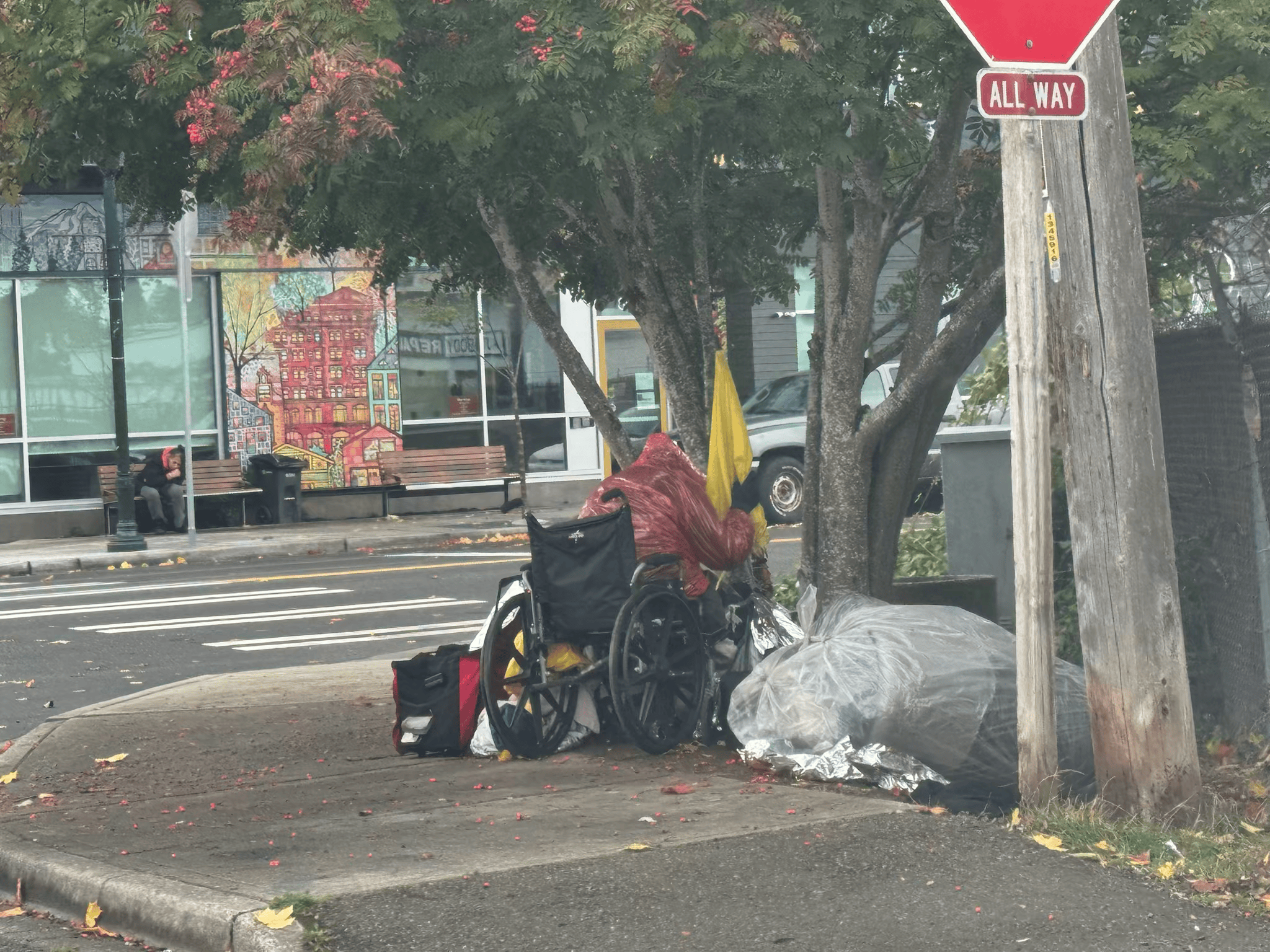
Editorial published with permission by John L. White, long-time Burien Resident
The consequences of that policy drift are visible today in places like Burien, Washington, where the Downtown Emergency Service Center (DESC) operates under this same outdated Housing First model.
The Burien DESC stands as a physical representation of what happens when good intentions stop evolving. It provides permanent housing to active drug users with no requirement for treatment, recovery, or sobriety. Residents can continue to use fentanyl and methamphetamine inside their rooms, fully subsidized by taxpayers, under the guise of “harm reduction.”
But what began decades ago as a compassionate approach to alcoholism has become, in this new context, something else entirely: a warehouse for drug addiction. The structure may be new, the funding steady, and the rhetoric polished—but the results mirror the streets outside. The same people, the same addictions, the same despair—only now behind doors the public paid for.
And this raises a simple but haunting question:
If you warehouse drug addicts and allow them to use illegal drugs, then where are they going to get those drugs?
The answer isn’t theoretical. It plays out daily around buildings like DESC—where dealers follow demand, crime rises nearby, and neighborhoods absorb the impact. Addiction doesn’t stop at the property line. When you normalize illegal drug use within taxpayer-funded housing, you create an ecosystem that sustains it—inside and out.
Burien’s DESC is not “Housing First” in its original sense. It is “Housing Only,” an experiment frozen in time and applied to a crisis it was never designed to solve. The compassion remains, but the connection to recovery has vanished.
⸻
An Idea Trapped in the Past
The lesson from the “wet house” era isn’t that compassion was misplaced—it’s that compassion must be grounded in reality. What worked for the alcoholic of 1989 may not work for the fentanyl user of 2025.
Housing First began as an act of mercy and common sense. But when expanded into a bureaucratic system that refuses to acknowledge the devastating realities of modern addiction, it becomes something else entirely—a machine that sustains itself on funding rather than outcomes.
Until our policies evolve to meet the crisis we actually have—not the one we had forty years ago—Housing First will remain a relic of good intentions trapped in a new and unforgiving age.
To Read the First Installments:
Chapter 1: The Lie
Chapter 2: The Stagnant Holding Cell
Chapter 3: Dealing with Drug Dealers
Chapter 4: Hugo Garcia, Dow’s Bought Agent Chapter 5: Follow the Money
Chapter 6: Cycle of Failure Chapter 7: The Birth of Housing First